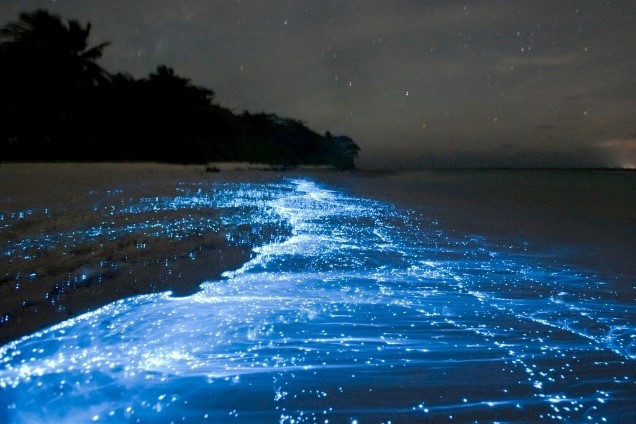Free Courses Sale ends Soon, Get It Now


Free Courses Sale ends Soon, Get It Now



Disclaimer: Copyright infringement not intended.
Context
About Bioluminescence
Mechanism
Functions
Prevalence
|
PRACTICE QUESTION Q. What is Bioluminescence? Explain the mechanism of Bioluminescence in detail citing examples. Throw light on the functions of Bioluminescence in organisms. |
© 2024 iasgyan. All right reserved